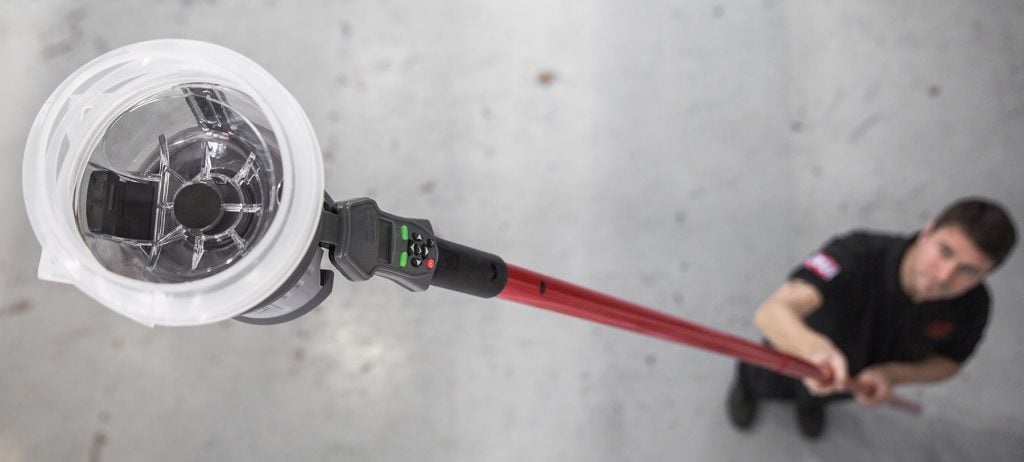Loading...
1406 view(s)
Skip to Content
-
-
BULK ORDER PAD
-
SKU # 🛈 You can search by SKU#, Customer Part Number
Quantity
-
- +
-
- +
-
- +
-
- +
-
- +
-
- Compare
My Account
part of Noventis Safety group






























